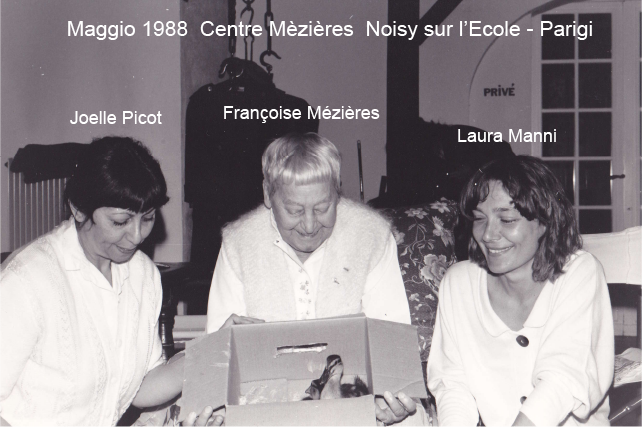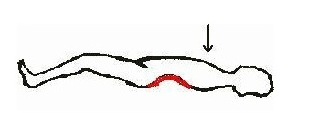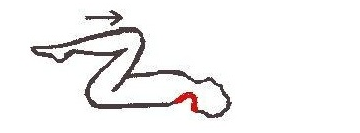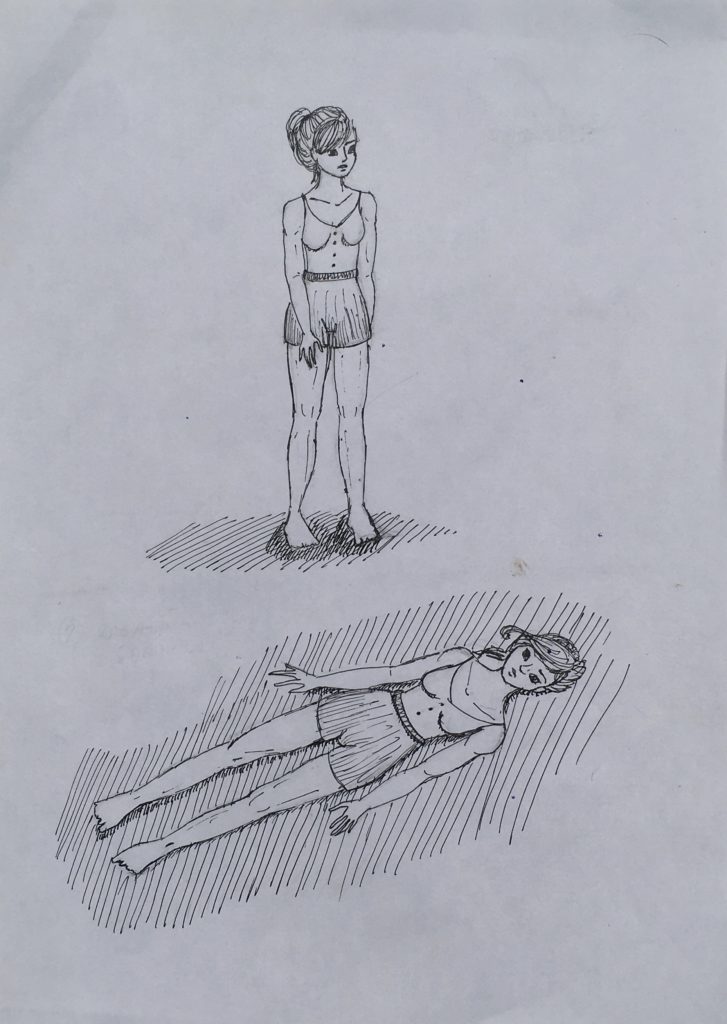Mézières Postural Rehabilitation
Indications: Below are the indications contained in the official website of the Mézières method in Italy, l’AIFIMM:
The field of interest is that of orthopedic pathology:
- VERTEBRAL (scoliosis, hyperlordosis, kyphosis, compression of the intervertebral discs and related radiculopathies, sciatica, cervico-brachialgia, etc.)
- ARTICULAR (arthrosis, bachelor-humeral conflict, coxartrosi, gonartrosi, etc)
- MUSCLE (low back pain, stiff neck, myalgia, etc.)
- DYSMORPHIC (locking/sublussazione temporomandibolare, vare or valgus knees, flat or hollow foot, anterior arch failure, hallux valgus, etc.).
The Mezieres Method also finds application in the field of preventive medicine as a tool to avoid the pathological degeneration of asymptomatic postural imbalances and in sports as a means to improve gesture and athletic preparation.

This method was devised in France in the 1940s by Françoise Mézières, graduated physiotherapist at the Ecole Française d’Orthopédie et Massage in Paris. From the fifties then, thanks to the intense training activity undertaken by Mézières, his method has spread all over the world and has become a fundamental reference for orthopedic rehabilitation.

The key ideas that led to the development of the method were suggested to Françoise by the failure of the treatment, with leather and iron corset, of a patient with dorsal hyperkyphosis.

Lying the patient on her back and applying pressure on her chest to reduce dorsal kyphosis, a very strong lumbar hyperlordosis was created.

At this point Françoise asked the patient to bring her knees to her chest (to cause a retroversion of the pelvis), in order to counteract lumbar hyperlordosis!
This second attempt at correction caused an immediate shift of the lordosis to the cervical level!

Thanks to these remarks, and others accrued during the course of their work, Mézières came to some conclusions:
- the back muscles behave as if they were one large muscle that he will then call rear chain.
- The rear chain is subject to shortening, and this fact causes an alteration of the physiology of the curves of the spine.
- any action at local level (cervical, dorsal, lumbar) it has an immediate effect on the entire rear chain which results in a shift downstream or upstream of the curve that you try to modify: “(…) all localized actions, both lengthening and shortening, cause the system to shorten, by bending or by rotation. ".
- pain, which patients with spinal pathologies are subjected to, leads to a diaphragmatic block on inspiration which as a consequence involves an accentuation of the lumbar lordosis (the diaphragm is a muscle that also has an insertion on the lumbar vertebrae).
Subsequently Mézières identified three other muscle chains in addition to the posterior one e, from the study of their behavior, came to understand that, using the words of Mauro Lastrico:
“The contracture and subsequent muscle retraction organized in kinetic chains, determines a modification of the normal body symmetry. (…) this is the cause of all orthopedic diseases (except those of congenital or acquired origin)[1].”.
The reason lies in the fact that these muscle contractures-retractions cause spinal deviations, shoulders, hip bone, knees, feet from their physiological position (dysmorphisms).
From the moment in which the cause of the pathologies in the retraction of the muscle chains was identified, a therapeutic proposal was developed that sees thelengthening and re-harmonization of the relationships between the different muscle chains. It is a work that is carried out simultaneously on all four muscle chains of our body, because, as we have seen, district-level work turns out to be completely ineffective. At the base of the treatment, as in any rehabilitation method, there is a’accurate patient assessment.

Observation and evaluation are the cornerstone of every rehabilitation treatment because they allow us to identify the objectives and methods of our intervention. It is necessary to evaluate the patient in different postures and observe both how he spontaneously assumes them and how he maintains them if he is instructed to conform to specific standard reference parameters.
Example. Nin the image on the side we could observe that the patient spontaneously, standing upright, tends to place the right shoulder markedly before it, to turn the head slightly to the left… While supine, it maintains an asymmetry in the position of the right wrist….
We could then evaluate the quality of its proprioception by asking it for example, supine, if you feel you are symmetrically aligned and see that “adjustments” is following our request.
In utlimo, we are going to carry out the’alignment based on the standard parameters that we take as a reference. We will use this method both as an additional source of information for our evaluation and as a basis on which to structure our work.
A key role in this treatment is played by breathing in combination with a particular type of muscle contraction, which takes the name of isometric contraction (contraction that does not lead to shortening of the muscle. It occurs for example when we hold up the shopping bags by keeping them in a stable position.). During the treatment the patient is asked to perform specific isometric contractions, with the muscles in maximum stretch, during exhalation. Inhalation and exhalation in the treatment take place differently than we are used to in everyday life. Learning this different modality that we will call therapeutic breathing is the fundamental element of the first sessions.
Special thanks go to my dear colleague Laura Manni, my instructor Mézières, for having generously transmitted to me not only the knowledge necessary to acquire the method but also, thanks to her personal experience as a student of Mézières, traces of the atmosphere of those years in which Françoise worked and trained.
Official register AIFIMM (Italian Association of Physiotherapists for the study and development of the Mézières Method) of the OPERATORS SPECIALIZED IN THE MEZIERES METHOD
Video interview with Françoise Mézières:
https://www.youtube.com/watch?v=Es5Ui-jrEvA
[1] Mauro Lastrico. Musculoskeletal Biomechanics and Mézières Method. 2016 Demi
Editions. Roma